Chatbot Building Best Practices — Why Message Length Matters


When people ask me why they should use a bot instead of a form or website, my immediate response is that bots are more engaging than conventional means of communication. At the crux of this argument is an innocuous characteristic of chat that most people take for granted: message length.
Why is message length important?
A bot feels more engaging than a piece of static content (like a website or a form) because it prompts the user to take action within a few seconds of the user landing on the bot. With a webpage on the other hand, the user has to get their bearings, read a bunch of options and text and then take action. One reason for this is because a chat interface is familiar and a user knows where to look when they encounter a bot.
The second and equally important reason is message length. Since messages tend to be shorter than the amount of text on regular websites, a user doesn’t have to read as much before taking action.
Compare this insurance company landing page:
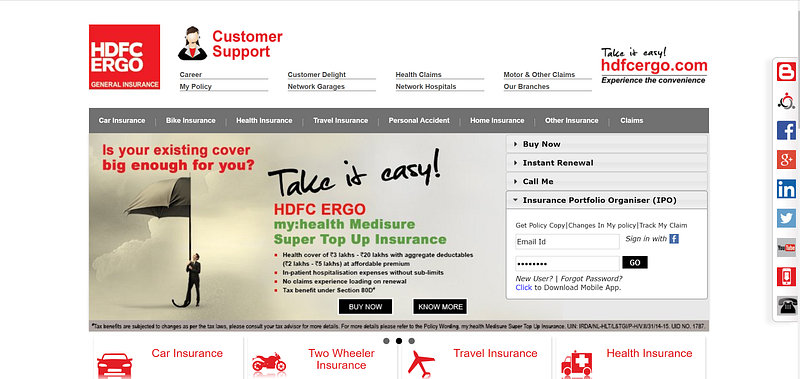
to the first couple of messages of this insurance buying bot:
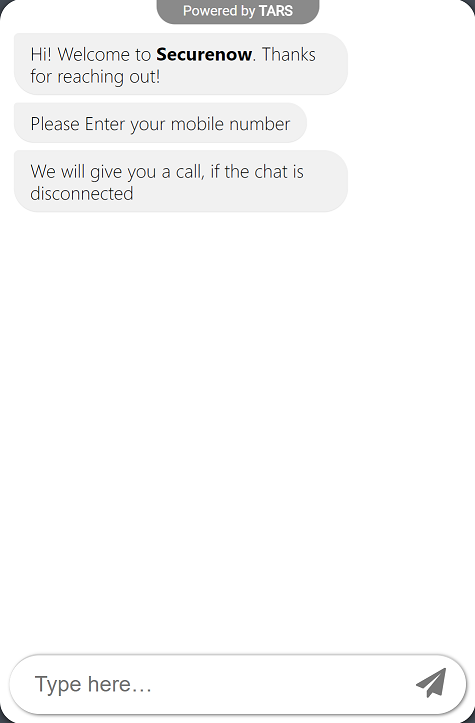
The short messages of the bot prompt the user to act immediately where the page requires more reading.
By the same token, having a long initial message would completely nullify the user engagement that a bot offers because a user has to spend time reading and scrolling through the long message:
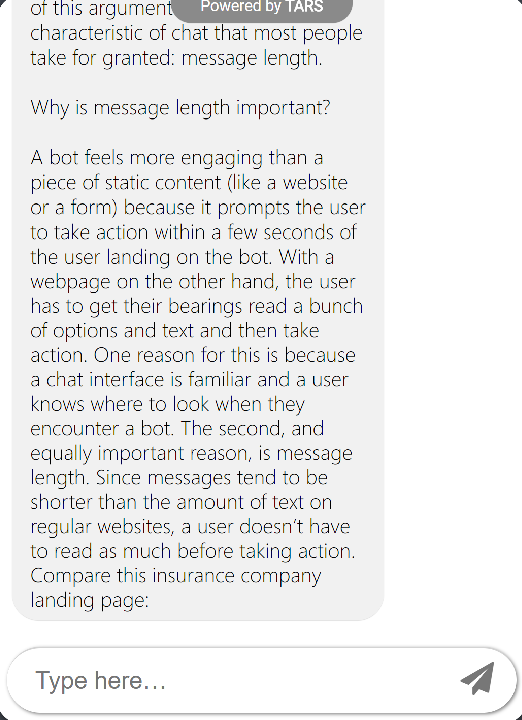
These rules hold true later in the conversation as well. The reason short messages are better in your chatbots is not just so that you can hook the user at the beginning but also because of the unique structure of the chat interface. Chat as a medium is optimized for short bursts of text. The message bubbles in most messengers (and in Tars bots) stick to side of the screen (left for the bot and right for the user) leaving a margin in which text cannot be displayed. As such what long messages lose in width they must make up for in height, causing them to look like large cramped blocks of text that are unpleasing to the eye:

Best practices
So how do you decide length of your messages? Here are a few tips:
The first set of messages should be short
Make the first few messages of your bot short and try to hook your users with a question. Strategic Design Hub’s Tars bot is a perfect example of this:
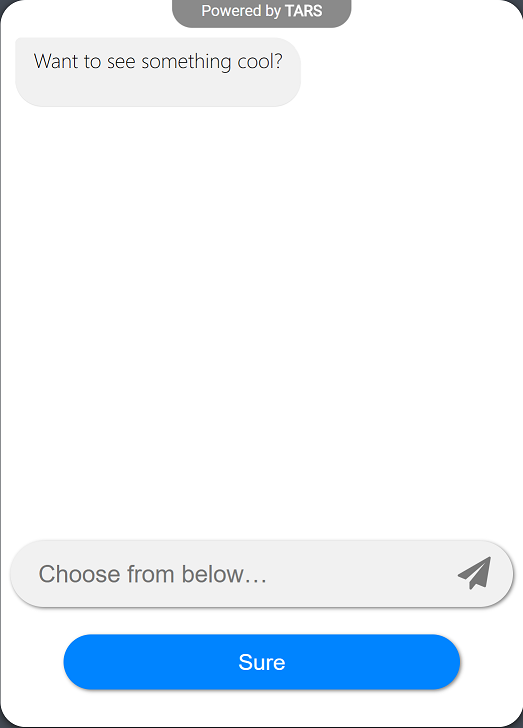
Their first gambit as a question is not only intriguing but also connects to the message of their flow.
Twitter rule
To prevent my messages from getting too long, I generally follow the Twitter rule i.e. keep my messages the size of a tweet. Smartphones and the internet have made instant gratification easily accessible for most of your users. As such your bot should not take more effort to interact with than scrolling through a Twitter or Instagram feed.
Don’t stick to the Twitter rule
Contradictory I know. The twitter rule is a reference but you do have some wiggle room on either side and in some cases, a longer message makes sense. For example, when I want to send users a schedule for an event I find it easier to send one long message so that they have a schedule they can screenshot than in several shorter ones.
Testing, testing, testing…
Start with the Twitter rule, make adjustments where you feel necessary and then test, test, test. The message length that you like to receive is probably close to the message length that most people like. Once you have tested it a few times and are happy with how the messages look and read, hand it to someone else and have them look at it with fresh eyes.
TL;DR :
- Message length is a significant contributor to the high user engagement of bots.
- When a user lands on a bot, the bot prompts the user to take action within a few seconds. On a website, users need to get their bearings, read all the text and figure out what is happening.
- A reason for this is that the initial prompt in a bot, is a short burst of text.
- Making a message too long diminishes the level of engagement a bot offers as users have to spend more time reading.
- This is true later in the messaging flow as well.
- Messages that are too long can look cramped and require scrolling to read because of the way the chat UI is structured.
- To get around these problems, keep the first few messages short and sweet.
- Later messages can be slightly longer but try to keep them short unless it is absolutely unavoidable to write a long message.
- A good reference point is the Twitter rule i.e. keep each message under 140 characters.
Agree with these pointers? Disagree? Maybe there is something we missed. Leave a comment below. Hopefully, some of these pointers will come in handy the next time you are building bots.
Like this bot building best practice and my thoughts here? Click the applause below. It lets others see the story and helps me in reaching out to a lot more people 🙂
We are a bunch of nice people working to create something really cool and valuable for our customers. Interested in working with us? Drop me a line at ish[at]hellotars.com

Ish is the co-founder at Tars. His day-to-day activities primarily involve making sure that the Tars tech team doesn’t burn the office to the ground. In the process, Ish has become the world champion at using a fire extinguisher and intends to participate in the World Fire Extinguisher championship next year.
Recommended Reading: Check Out Our Favorite Blog Posts!

Easy Marketing Optimization with Chatbots – Beginner’s Guide
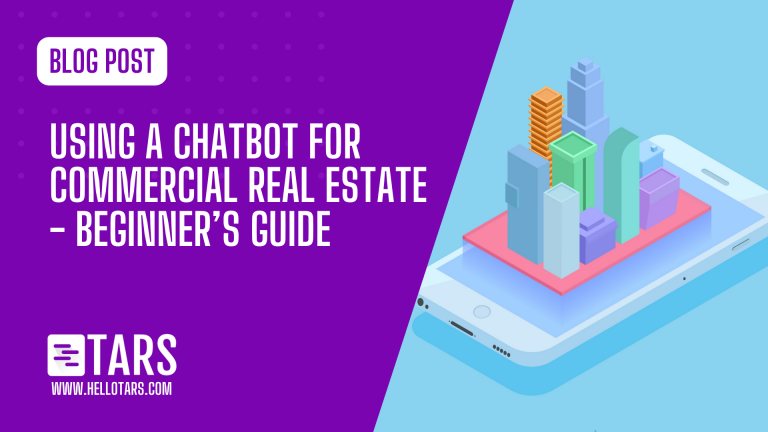
Using a Chatbot for Commercial Real Estate – Beginner’s Guide

AI for Internal Communications and Employee Management

Our journey in a few numbers
With Tars you can build Conversational AI Agents that truly understand your needs and create intelligent conversations.
years in the conversational AI space
global brands have worked with us
customer conversations automated
countries with deployed AI Agents
